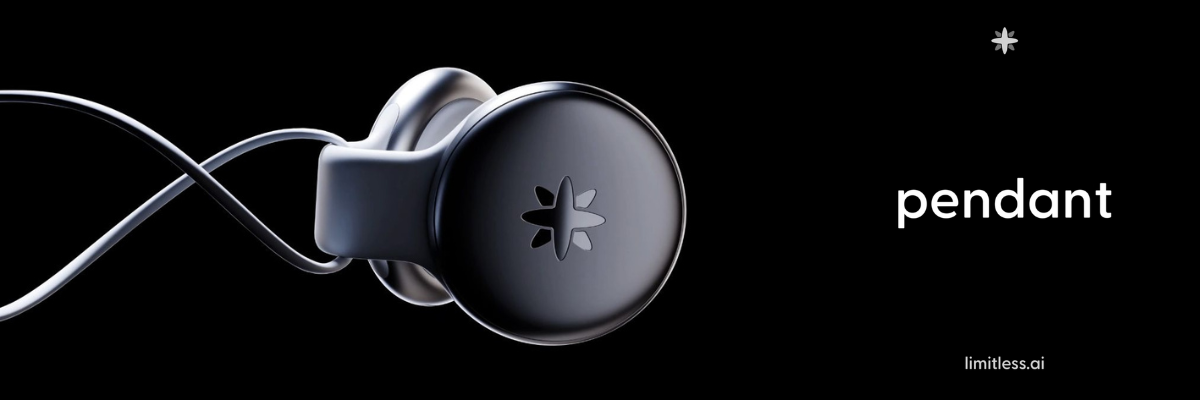European boffins want AI model tests put to the test • The Register

AI model makers love to flex their benchmarks scores. But how trustworthy are these numbers? What if the tests themselves are rigged, biased, or just plain meaningless?
OpenAI’s o3 debuted with claims that, having been trained on a publicly available ARC-AGI dataset, the LLM scored a “breakthrough 75.7 percent” on ARC-AGI’s semi-private evaluation dataset with a $10K compute limit. ARC-AGI is a set of puzzle-like inputs that AI models try to solve as a measure of intelligence.
Google’s recently introduced Gemini 2.0 Pro, the web titan claims, scored 79.1 percent on MMLU-Pro – an enhanced version of the original MMLU test designed to test natural language understanding.
Meanwhile, Meta’s Llama-3 70B claimed a score of 82 percent on MMLU 5-shot back in April 2024. “5-shot” refers to the number of examples (shots) provided to an AI model during the testing phase.
These benchmarks themselves deserve as much scrutiny as the models, argue seven researchers from the European Commission’s Joint Research Center in their paper, “Can We Trust AI Benchmarks? An Interdisciplinary Review of Current Issues in AI Evaluation.”
Their answer is not really.
The authors conducted a review of 100 studies over the past ten years examining quantitative benchmarking practices. What they found were numerous issues related to the design and application of benchmark tests, including biases in the way relevant evaluation datasets were created, lack of documentation, data contamination, and failures to separate signal from noise.
It reminds us of hardware makers benchmarking their own gear and putting the results in press statements and marketing; we don’t trust any of that, either.
A series of systemic flaws in current benchmarking practices, such as … the gaming of benchmark results
In addition, the Euro team found that one-time testing logic fails to account for multi-modal model usage that involves serial interaction with people and technical systems.
“Our review also highlights a series of systemic flaws in current benchmarking practices, such as misaligned incentives, construct validity issues, unknown unknowns, and problems with the gaming of benchmark results,” the authors state in their paper.
“Furthermore, it underscores how benchmark practices are fundamentally shaped by cultural, commercial and competitive dynamics that often prioritise state-of-the-art performance at the expense of broader societal concerns.”
The reason these scores matter, the authors observe, is that they’re often the basis for regulation. The EU AI Act, for example, incorporates various benchmarks. And benchmark scores for AI models are also expected to be relevant for the UK Online Safety Act. In the US, the recently published Framework for Artificial Intelligence Diffusion also outlines the role of benchmarks for model evaluation and classification.
AI benchmarks, they argue, are neither standardized nor uniform, but they’ve become central to policy making, even as academics across different disciplines have become increasingly vocal in their concerns about benchmark variability and validity.
In support of that point, they cite criticism raised in various fields, including cybersecurity, linguistics, computer science, sociology, and economics, among others, that discuss the risks and limitations of benchmark testing.
They identify nine general problems with benchmarks:
- Not knowing how, when, and by whom benchmark datasets have been made.
- Not measuring what’s claimed to be measured.
- Failure to clarify the social, economic and cultural contexts in which tests are made.
- Failure to test on diverse sets of data.
- Tests designed as spectacle, to hype AI for investors.
- Tests that can be gamed, rigged, or otherwise manipulated.
- Tests that “reinforce certain methodologies and research goals” at the expense of others.
- Tests that haven’t kept up with the rapidly changing state of the art.
- Assessing models as they become increasingly complicated.
For each of these issues, the authors cite various other relevant works exploring benchmarking concerns. For example, with regard to testing on diverse sets of data, the authors note that most benchmarks test for success when benchmarks focused on failure might be more useful.
“As Gehrmann et al put it, ‘ranking models according to a single quality number is easy and actionable – we simply pick the model at the top of the list – [yet] it is much more important to understand when and why models fail,'” they write.
And in terms of gaming benchmark results, they point to what’s known as “sandbagging,” where models are programmed to underperform on certain tests (eg, on prompts about making nerve agents), raising concerns about manipulation.
When Volkswagen engaged in comparable test manipulation, programming cars to activate emissions controls only during active testing, people went to jail. The fact that nothing of the sort has occurred among AI firms suggests how lightly the tech sector is regulated.
In any event, the Joint Research Center scientists conclude that the way we measure our AI models for safety, morality, truth, and toxicity has become a matter of broad academic concern.
“In short, AI benchmarks need to be subjected to the same demands concerning transparency, fairness, and explainability, as algorithmic systems and AI models writ large,” they conclude. ®

.jpg?w=1920&resize=1920,998&ssl=1)









